We would like to thank all those who have donated to LPL in 2022. Thanks to everyone for supporting research, education, and outreach at LPL.
Individual Donors |
Corporate and Foundation Donors |
|
Edward Beshore
Gordan Bjoraker
Richard Bruns
Daniel Cavanaugh
David Choi
Laura Dugie
Katherine Gall
William Hubbard
Guy Jette
Michael Kaiserman
Colin Leach
Robert McMillan
Michelle Rouch
Timothy Swindle
|
|


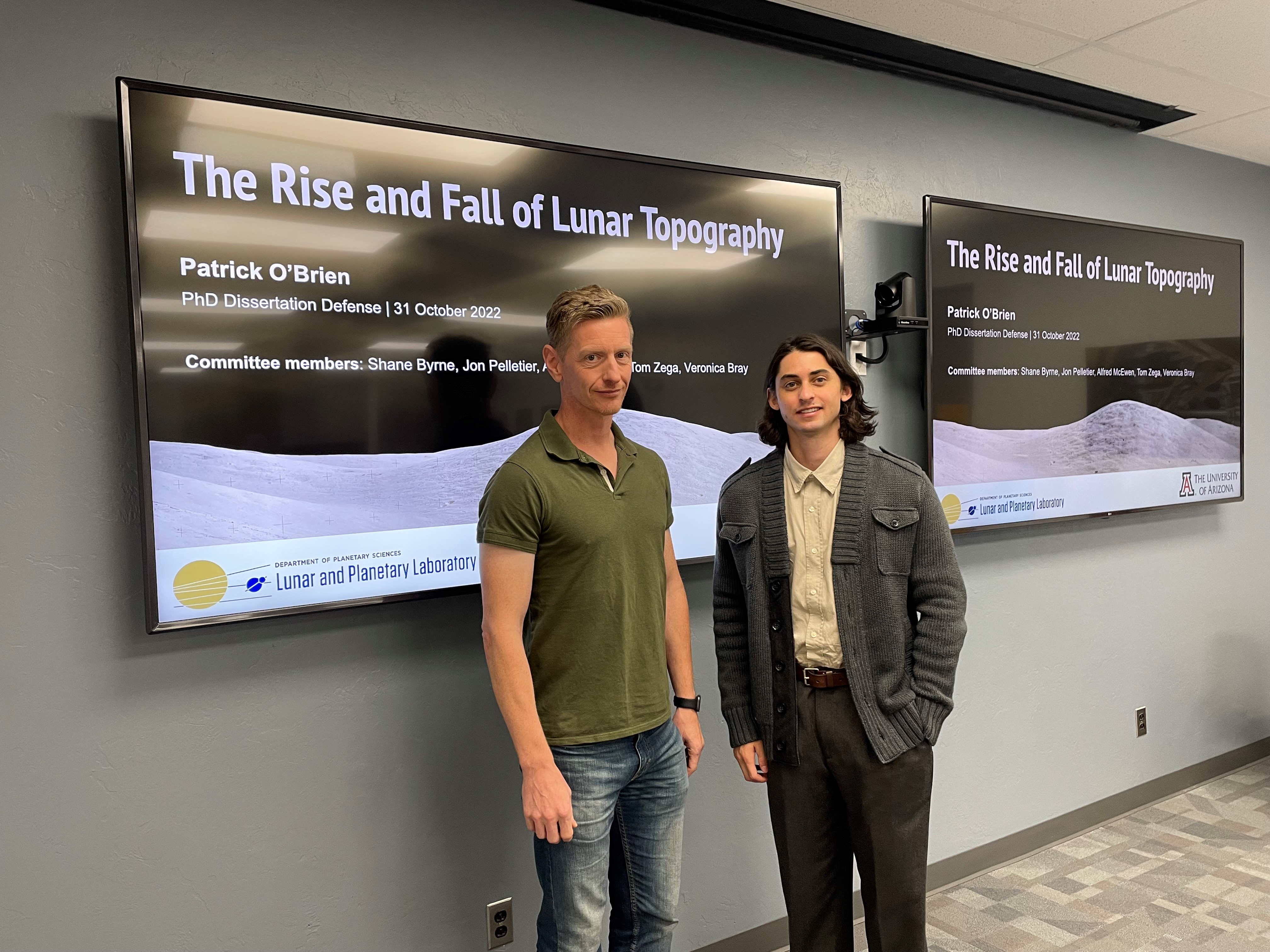
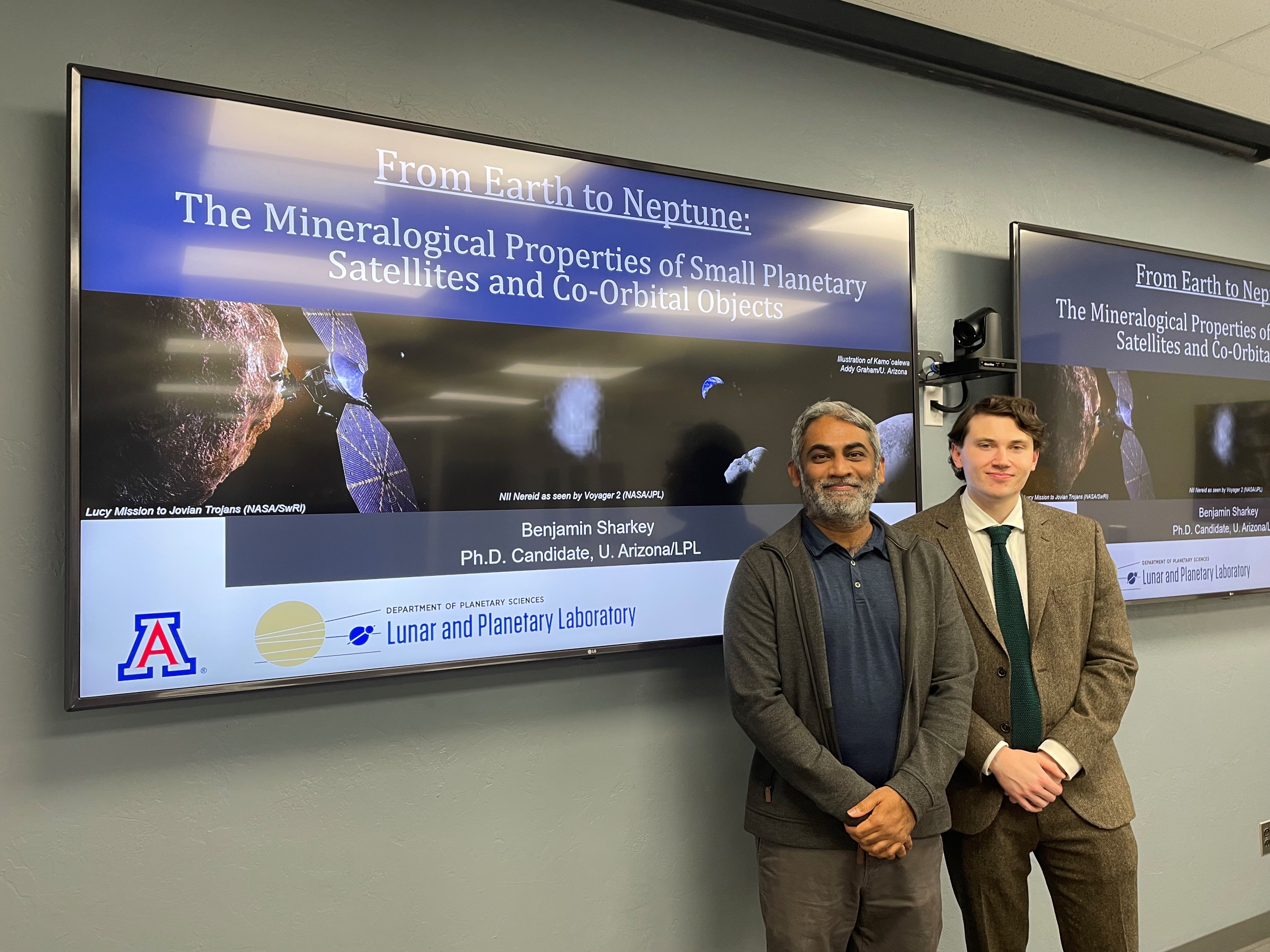
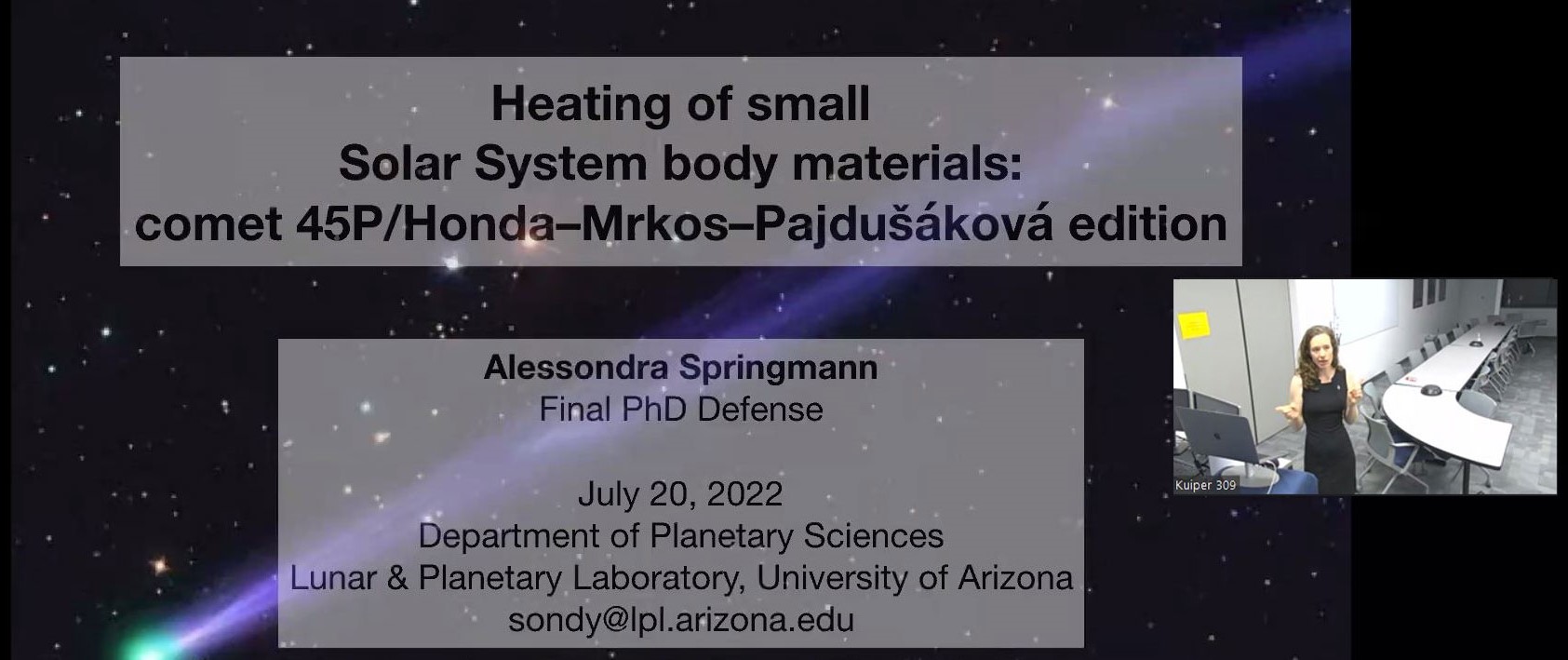
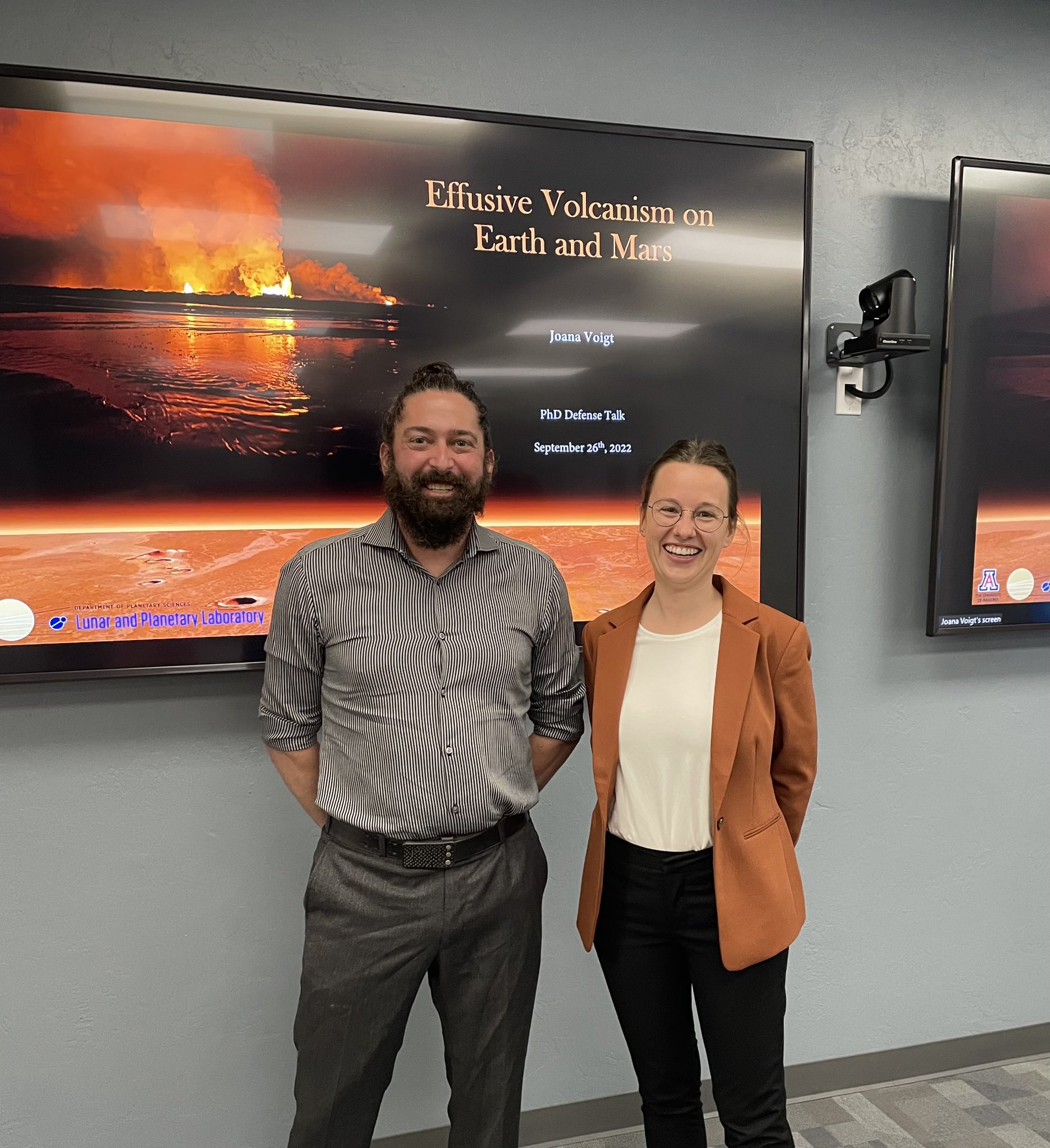
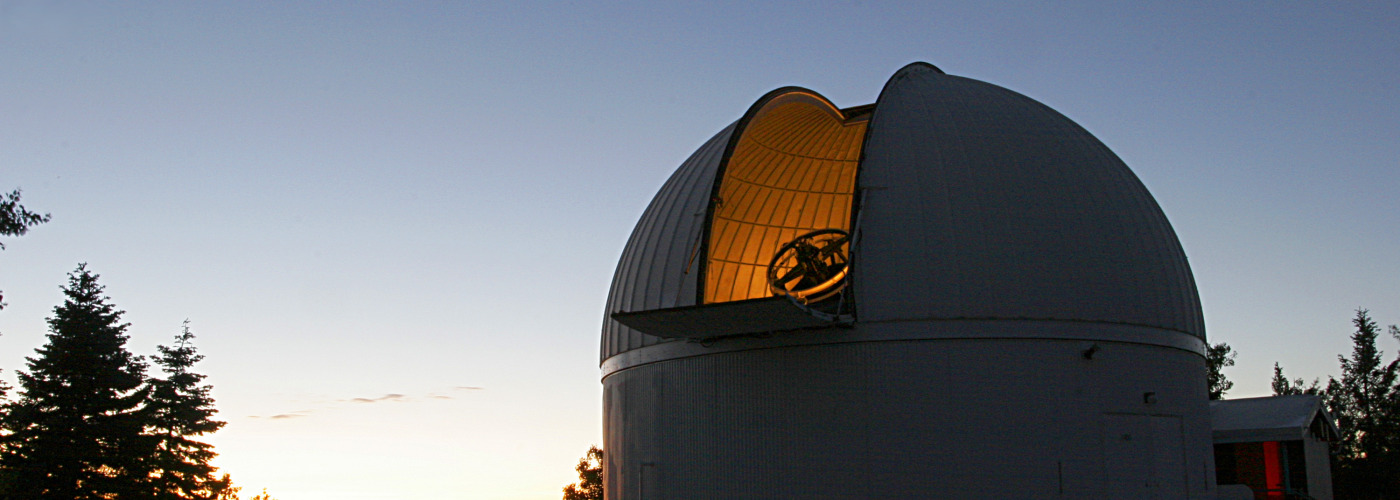
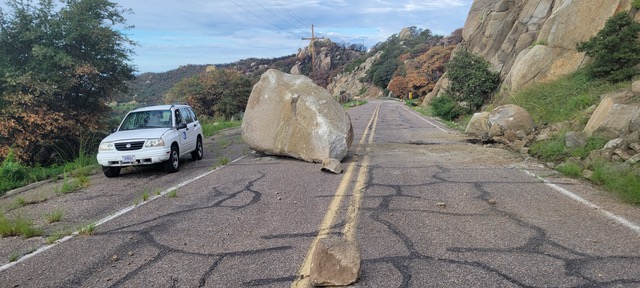
 Brooke Carruthers (Molecular and Cellular Biology major, Astrobiology minor) was been selected as a
Brooke Carruthers (Molecular and Cellular Biology major, Astrobiology minor) was been selected as a 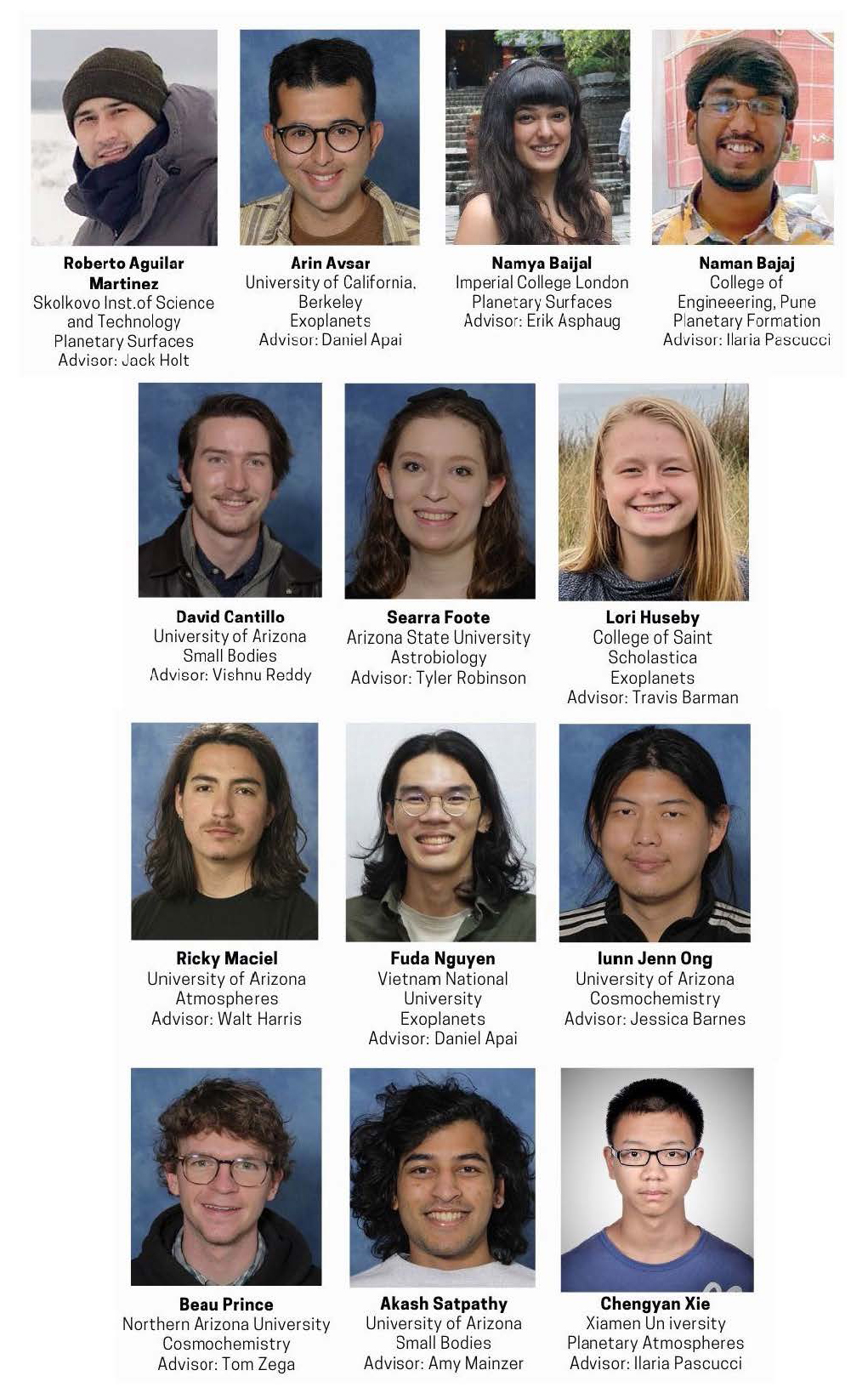
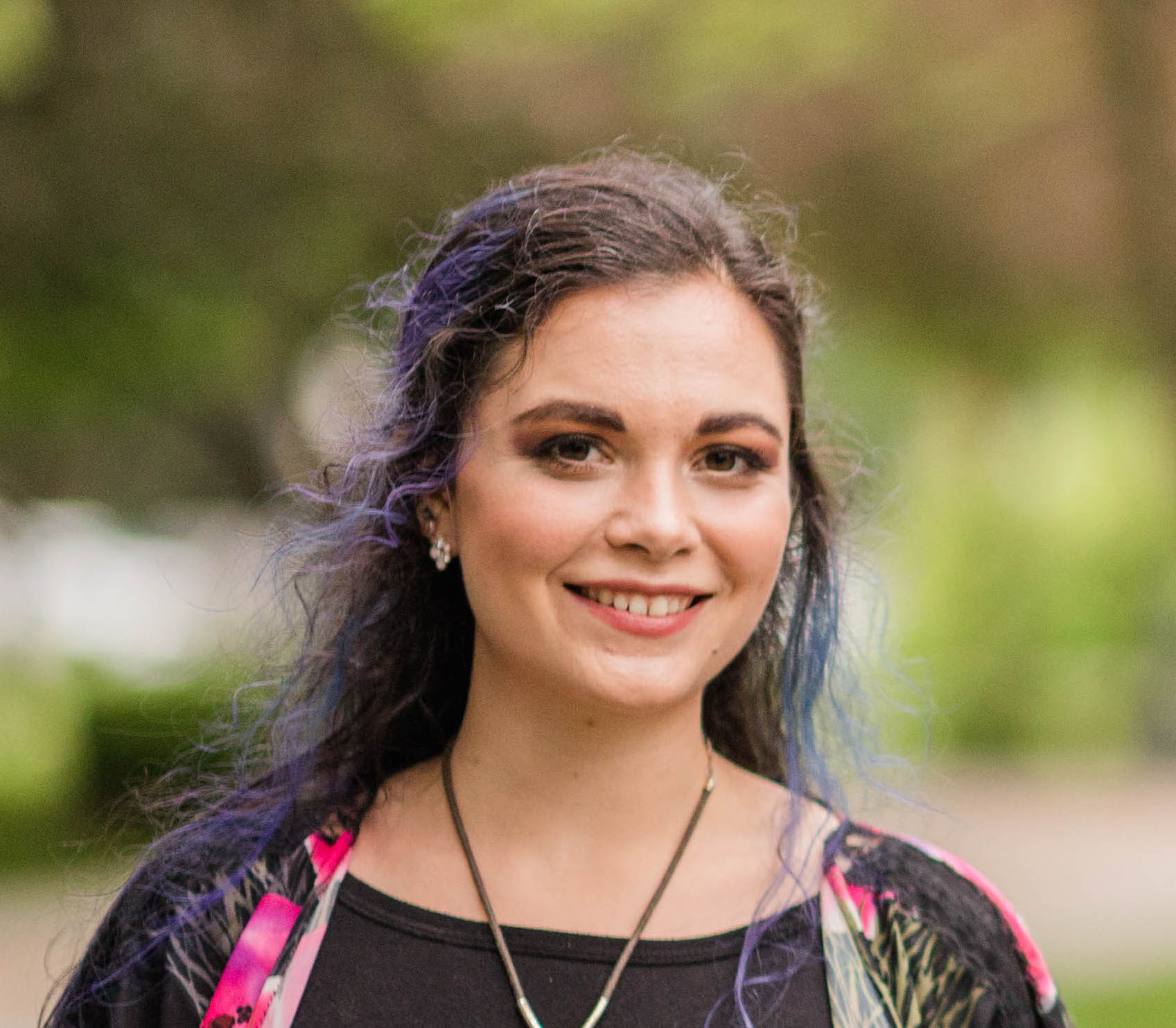 LPL Postdoctoral Research Associate
LPL Postdoctoral Research Associate 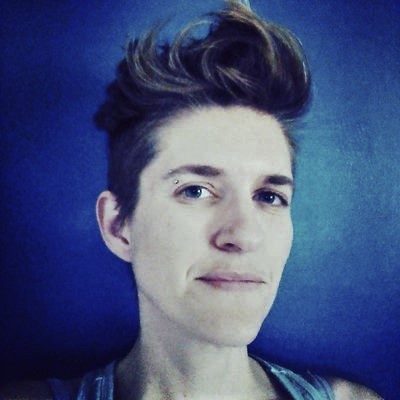 Kristin Block was awarded in the Science and Engineering category for her skills and expertise in systems engineering and project management, as well as contributions to productivity and communications initiatives, which are indispensable to the success of
Kristin Block was awarded in the Science and Engineering category for her skills and expertise in systems engineering and project management, as well as contributions to productivity and communications initiatives, which are indispensable to the success of 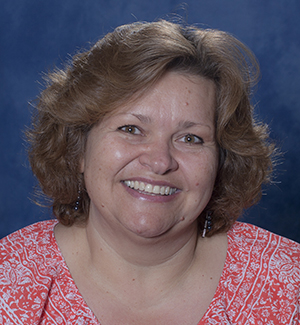 ciate Bertha Orosco won the LPL Staff Excellence Award in the Administrative Category. Bertha, or Bert as she is known to the department, has been with LPL since 2010 and previously won this award in 2014. In addition to the more traditional administrative work like travel and procurement, Bert’s responsibilities include a wide-ranging variety of tasks, including keeping key elements of the LPL web site updated. Keeping up with all the transitions and updates at LPL is a challenge that Bert navigates exceptionally well. Bert’s achievements on the job are reflected in the increased variety and technical nature of her responsibilities and her willingness to expand her abilities, meet new challenges, and incorporate new tools to better serve the department and all those who contact her throughout any given busy day.
ciate Bertha Orosco won the LPL Staff Excellence Award in the Administrative Category. Bertha, or Bert as she is known to the department, has been with LPL since 2010 and previously won this award in 2014. In addition to the more traditional administrative work like travel and procurement, Bert’s responsibilities include a wide-ranging variety of tasks, including keeping key elements of the LPL web site updated. Keeping up with all the transitions and updates at LPL is a challenge that Bert navigates exceptionally well. Bert’s achievements on the job are reflected in the increased variety and technical nature of her responsibilities and her willingness to expand her abilities, meet new challenges, and incorporate new tools to better serve the department and all those who contact her throughout any given busy day.